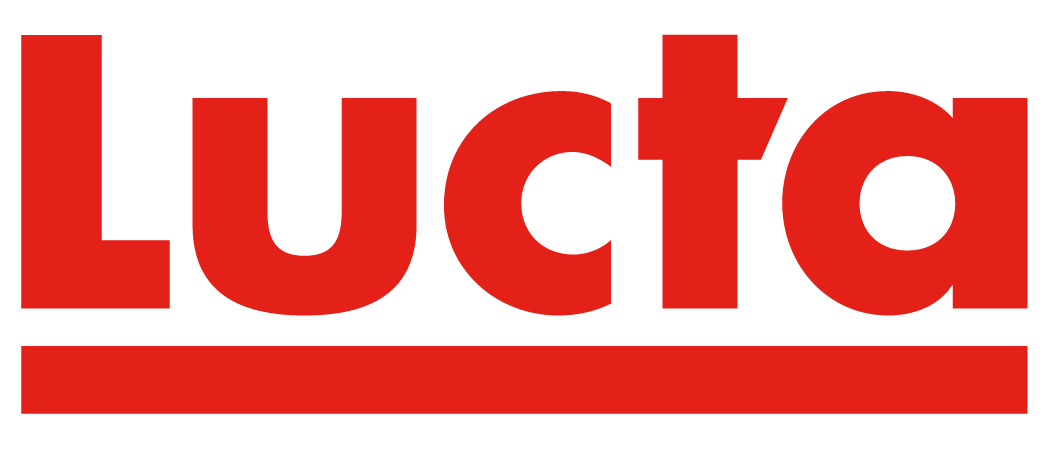Weaning is a stressful event characterized by a transient period of anorexia and intestinal atrophy. The weaning-induced intestinal atrophy may be partly mediated by reduced secretion of glucagon-like peptide 2 (GLP-2), a trophic gut peptide secreted in response to luminal nutrition. We conducted 2 trials to investigate the hypothesis that stimulating endogenous GLP-2 secretion immediately after weaning may improve intestinal integrity in piglets. Treatment solutions were chenodeoxycholic acid [60 mg/kg BW, (CDC)] and β-sitoesterol [100 mg/kg BW, (BSE)] in trial 1, and CDC (120 mg/kg BW) and zein protein hydrolyzate (1.4 g/kg BW) in trial 2. In each trial, 36 piglets were weaned on average at 22 d of age and 6.1 kg of BW, distributed among treatments (12 pigs/treatment) in individual pens, and fed ad libitum a prestarter diet. During the first 6 d after weaning, feed intake was recorded daily and all piglets were intragastrically infused once daily at 7 PM with 50 ml of either water (control) or treatment solutions. On d 5 plasma was obtained from 6 pigs/treatment at -15, 0, 30, 60, and 120 min relative to infusions and on d 6 the remaining 6 pigs/treatment were weighed, sacrificed, and their intestines were collected for later analyses. Data were analyzed as a mixed-effect model with pig treated as random variable. Compared to control, CDC at 60 mg/kg BW increased (P < 0.05) mean plasma GLP-2 by 77%, small intestine length, intraepithelial lymphocytes and cleaved caspase in the ileum; tended to increase ileum weight and length (P < 0.08) and mean plasma GLP-1 (P < 0.13) without affecting (P > 0.8) intake and final BW. At 120 mg/kg BW, CDC also increased (P < 0.05) GLP-1 and GLP-2, but reduced intake by about 50% and reduced BW as well as ileal crypt depth. Other treatments did not affect measured parameters, except that BSE tended to depress GLP-1 (27%) and GLP-2 (42%) compared to control. In conclusion, oral CDC treatment potently enhanced GLP-2 secretion in weanling piglets, but the mitigation of weaning-induced intestinal atrophy was apparently counterbalanced by increased inflammation and reduced feed intake. tech.service.fad@lucta.com
Autores: Ipharraguerre I.R., Burrin, D.G., Mereu, A., Menoyo, D., Holst, J.J. and Tedo, G.
Libro/Revista: 12th International Symposium - Digestive Physiology of Pigs. Keystone, CO, USA, May 29 –June 1
